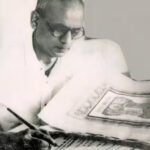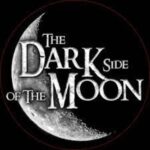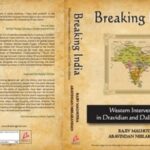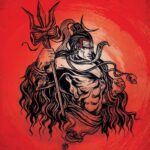In the vast tapestry of ancient wisdom, the sacred syllable “Om” stands as a timeless symbol of profound significance. Revered by countless spiritual traditions, from Hinduism and Buddhism to Jainism and beyond, the origin of the primordial sound “Om” carries a mystique that transcends cultural boundaries. This blog post embarks on a journey to unravel the origins of the universal truth encapsulated within the sound of “Om.”
The Essence of Om
Before delving into its origins, let us first explore the essence of “Om.” Often referred to as the “Pranava,” “Om” is considered the primordial sound from which the entire cosmos emanates. It is a vibration that resonates at the core of existence, connecting the individual with the universal consciousness. The syllable is composed of three phonetic units: ‘A,’ ‘U,’ and ‘M,’ representing creation, preservation, and dissolution, respectively.
Ancient Vedic Roots
The origin of “Om” can be traced back to the ancient Vedic texts of India, which date back thousands of years. In the Vedas, “Om” is mentioned as a mystical incantation used in rituals, prayers, and meditation. It is often found at the beginning and end of hymns, signifying the essence of all that is contained within the verses.
Spiritual Evolution and Symbolism
As time unfolded, “Om” transcended its ritualistic origins to become a symbol of profound spiritual significance. It began to represent the eternal cycle of birth, life, death, and rebirth—a cosmic rhythm that encompasses all existence. The sound itself became a vehicle for meditation, leading practitioners on a journey of self-discovery and inner transformation.
Buddhist and Jain Influence
The influence of “Om” extended beyond Hinduism to other Eastern traditions. In Buddhism, the sound “Om” is believed to embody the entirety of the Buddha’s teachings. Similarly, in Jainism, “Om” signifies the essence of the Five Great Vows. Its universality and timeless appeal made it a thread that wove together the fabric of diverse spiritual paths.
Beyond Boundaries: A Global Spiritual Symbol
In the modern world, the resonance of “Om” has transcended geographical and cultural confines. It has become a universally recognized symbol of spirituality and mindfulness. From yoga studios to meditation retreats, the sound of “Om” reverberates as a unifying force that harmonizes mind, body, and spirit.
The origin of the profound truth encapsulated within the sacred sound of “Om” remains veiled in the mists of ancient history. Rooted in the Vedic tradition, “Om” has evolved into a universal symbol that transcends time and space. Its essence vibrates at the core of existence, inviting seekers to dive into the depths of their own consciousness and explore the interconnectedness of all life. Whether chanted, meditated upon, or contemplated in silence, the eternal sound of “Om” continues to echo the primordial truth that unites us all and that is supernatural power Lord Shiv.
Who is Shiva?
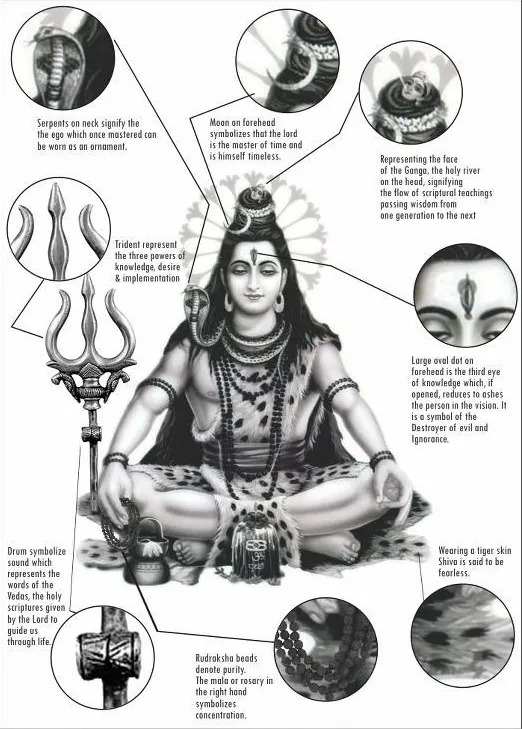
Shiva is the consciousness from which everything begins, and it is nourished and everything dissolves in it. The whole universe exists in Shiva. Your mind, body, everything is made of Shiva element only, that’s why Shiva is called ‘Vishwaroop‘ which means that the whole creation is his form.
Shiva is present in all opposite values both positive and negative. That is why Shiva is called Rudra (Ugra) and at the same time he is also called Bholenath. Where he is called Ashutosh, he is also called Aghor (terrible).
Shiva is beyond the waking, sleep and dream states of consciousness. That is why Shiva is Samadhi – the fourth state of consciousness, which can be attained only in meditation. In samadhi the mind is in complete equanimity which is at the same time calm and at the same time fully aware.
Who is Shiva in the Stotra of Rudrashtakam?
Namami-Shamishaa Nirvan Rupam, Vibhum Vidaram Brahma-Veda Swaroopam.
Nijam Nirgunam Nirvikalpam Niriham, Chidakaashmakashwasam Bhajeham ||
Meaning:
He is God, He is omnipotent, He is omnipresent. There is no place where Shiva is not present. This is the sky; That is consciousness, where all knowledge exists. He is unborn and nirguna. It is that state of samadhi where there is nothing but the empty space of inner consciousness. He is Shiva.
What is Shivling?
Linga means identity, a symbol through which you can know what is truth – what is reality. What is not visible can be identified by one thing – that is gender. When a child is born, it is through gender that we can find out whether it is male or female. This is the reason why the genitals are also called linga.
Just like that how will you identify the creator of the universe? Just like you identify a man or woman – to identify God, to combine them into a symbol. The one who has no form, no identity and who is omnipresent in this creation, through which he is identified – that is Shiva Linga.
In Shiva Purana, the origin of Shivling is described as a pillar of fire which is eternal and infinite and which is the cause of all causes. According to the Linga Purana, the Shivling is the symbol of the formless universe and the supreme power that nourishes and supports.
Shivling is the most ancient symbol of Lord Shiva. Where you grow from formless to shaped. It is a symbol of the universe and the representation of the universe.
Why is water offered on Shivling?
The poison that came out after churning the ocean, Lord Shankar protected the creation by absorbing it in his throat, but Mahadev’s throat became blue due to drinking poison. To reduce the effect of poison, all the gods and goddesses offered him water. That’s why there is a practice of offering water on Shivling.
Some beliefs related to Lord Shiva are prevalent regarding Mahashivaratri. It is believed that on this particular day, in the Lingodbhava story, Lord Shiva, incarnating himself in the form of an eternal and eternal pillar of fire, asked Lord Brahma and Lord Vishnu to find their upper and lower parts and their supremacy was proved when both of them Could not find the upper and lower part of the fire pillar. At the same time, it is also believed that on this day Lord Shiva had opened his third eye by doing Tandav and ended the universe with the flame of this eye. Apart from this, at many places this day is also associated with the marriage of Lord Shiva and it is believed that on this auspicious day Lord Shiva got married in the form of Ashutosh and mother Parvati got married in Pradosh Kaal.
In Hindu scriptures, Pradosh Kaal i.e. the period between nightfall after sunset, means the period of 2 hours 24 minutes after sunset is called Pradosh Kaal. At the same time Lord Ashutosh i.e. Shiva dances in a happy posture. This is the reason why Shiva Puja during Pradosh Kaal or awakening of Lord Shiva during Shivratri is said to be very auspicious. It is said that all the 12 Jyotirlingas had emerged on the date of Mahashivratri in the Pradosh period.
According to the Shiva-Purana, Lord Shiva stays on Mount Kailash for six months in a year and remains engrossed in penance. After that, he descends from Mount Kailash and resides on earth in the crematorium for six months. This day of his landing on earth is known as “Mahashivratri“.
I hope this blog post has helped you understand the mystical origins of the universal sound:The Truth of Om. If you have any questions or comments, please feel free to leave them below. Thank you for reading!😊


